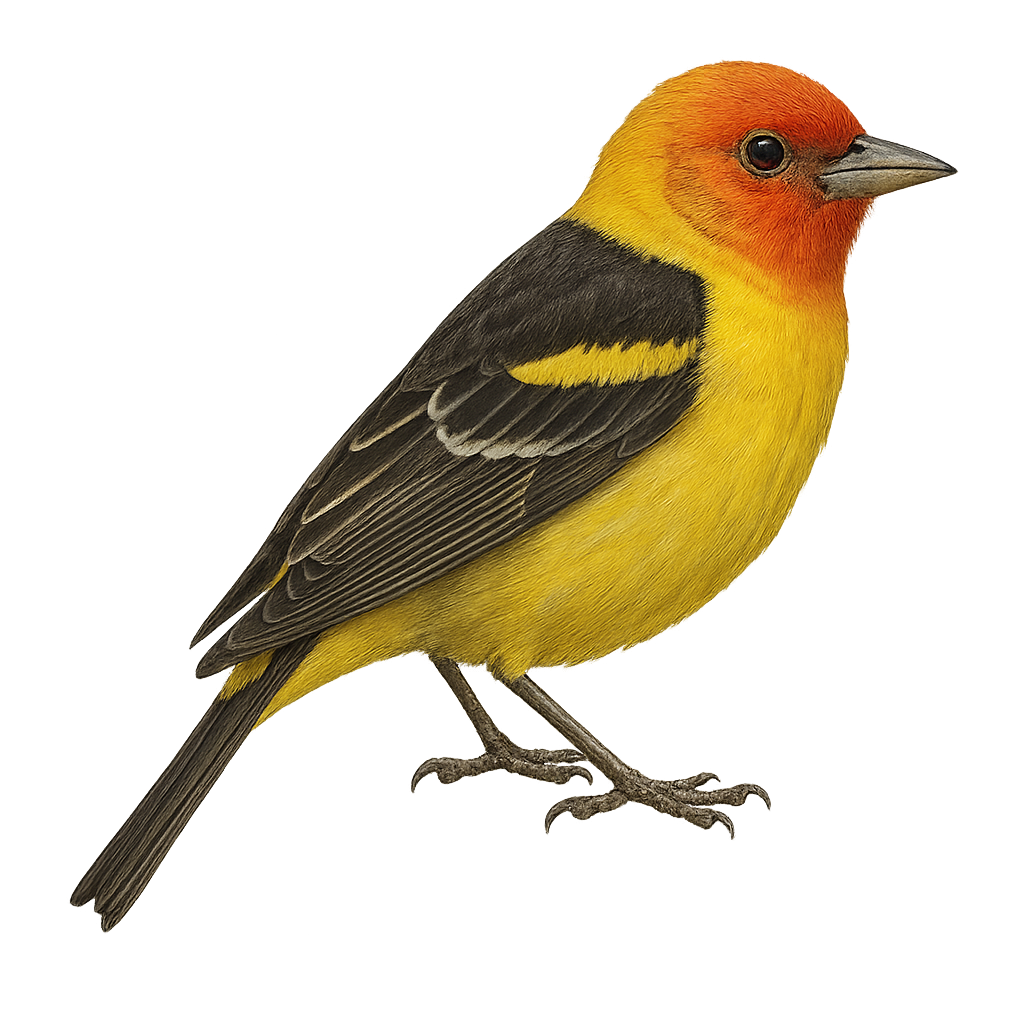Your wildlife photography guide.
Explore the western tanager in detail, study its behavior, prepare your shots.
Where to observe and photograph the western tanager in the wild
Learn where and when to spot the western tanager in the wild, how to identify the species based on distinctive features, and what natural environments it inhabits. The WildlifePhotographer app offers tailored photography tips that reflect the western tanager’s behavior, helping you capture better wildlife images. Explore the full species profile for key information including description, habitat, active periods, and approach techniques.
Western Tanager
Scientific name: Piranga ludoviciana

IUCN Status: Least concern
Family: CARDINALIDAE
Group: Birds
Sensitivity to human approach: Suspicious
Minimum approach distance: 10 m
Courtship display: May to June
Incubation: 12-14 jours
Hatchings: May to July
Habitat:
Coniferous forests, wooded areas, forest edges
Activity period :
Primarily active during the day, with peak activity in the morning and late afternoon.
Identification and description:
The Western Tanager, or Piranga ludoviciana, is a colorful bird found mainly in North America. Males display a bright red head, vibrant yellow body, and black wings with white bars, while females have softer shades of yellow and olive. This migratory bird inhabits coniferous forests and wooded areas during the breeding season, then migrates south for the winter. It primarily feeds on insects and fruits, catching them in flight or foraging through foliage. The Western Tanager's song is melodious, consisting of short, varied phrases. Although its habitat is threatened by deforestation, the species is currently listed as of least concern by the IUCN.
Recommended lens:
400 mm – adjust based on distance, desired framing (portrait or habitat), and approach conditions.
Photography tips:
To photograph the Western Tanager, focus on coniferous forests where it is most active. Use a 400mm or longer telephoto lens to capture precise details without disturbing the bird. Be patient and discreet, as this bird can be suspicious. Look for natural perches where it might land, such as exposed branches. Morning is often the best time to observe and photograph, as the soft light highlights its bright colors. Remember to check the background to avoid distractions and maintain a safe distance of at least 10 m.
The WildlifePhotographer App is coming soon!
Be the first to explore the best nature spots, track rutting seasons, log your observations, and observe more wildlife.
Already 1 430 wildlife lovers subscribed worldwide

